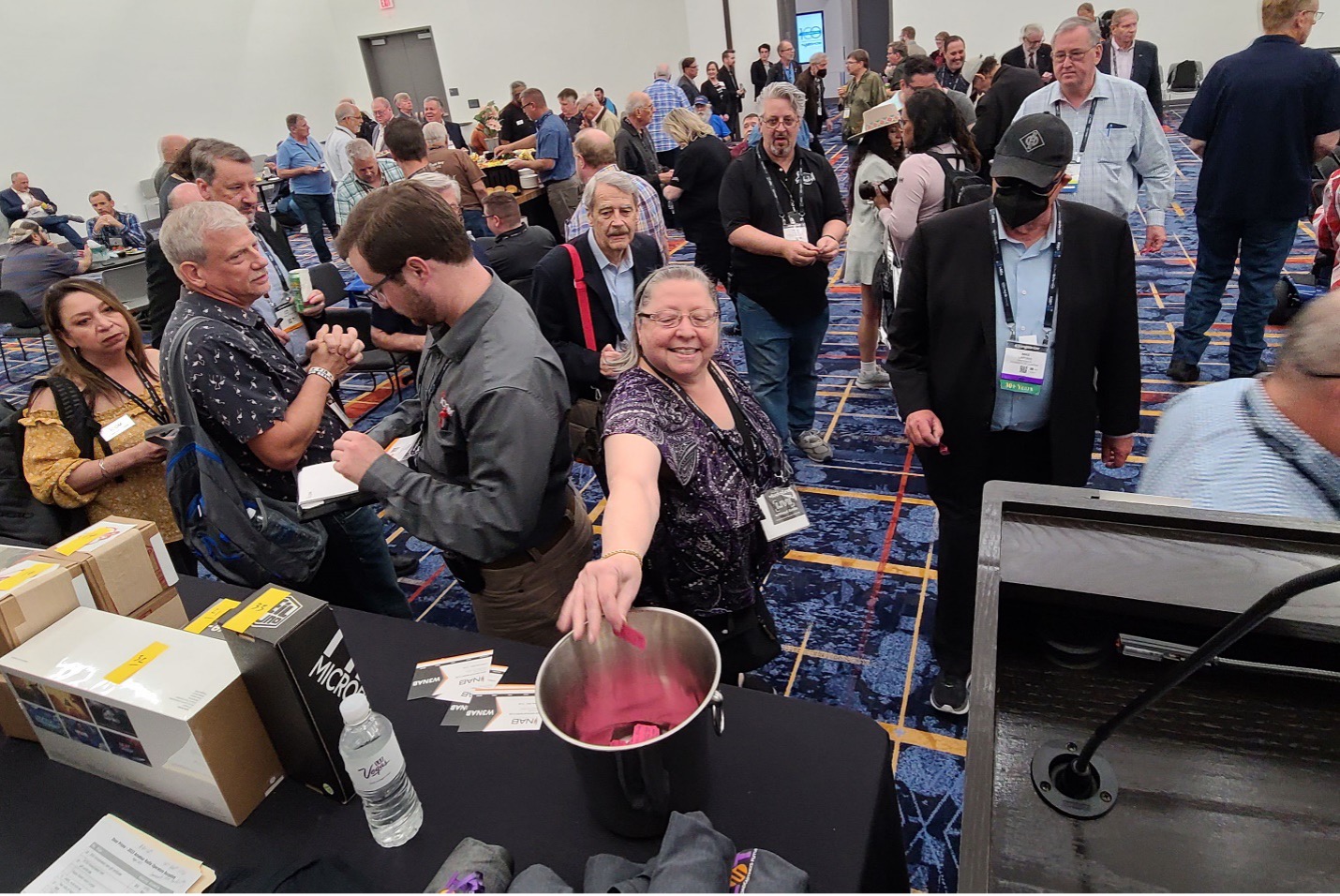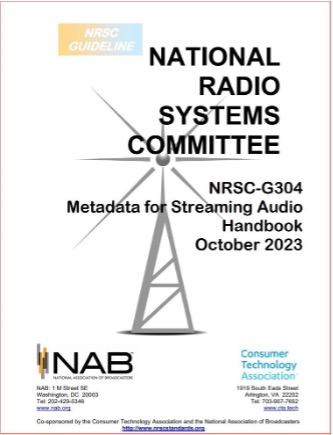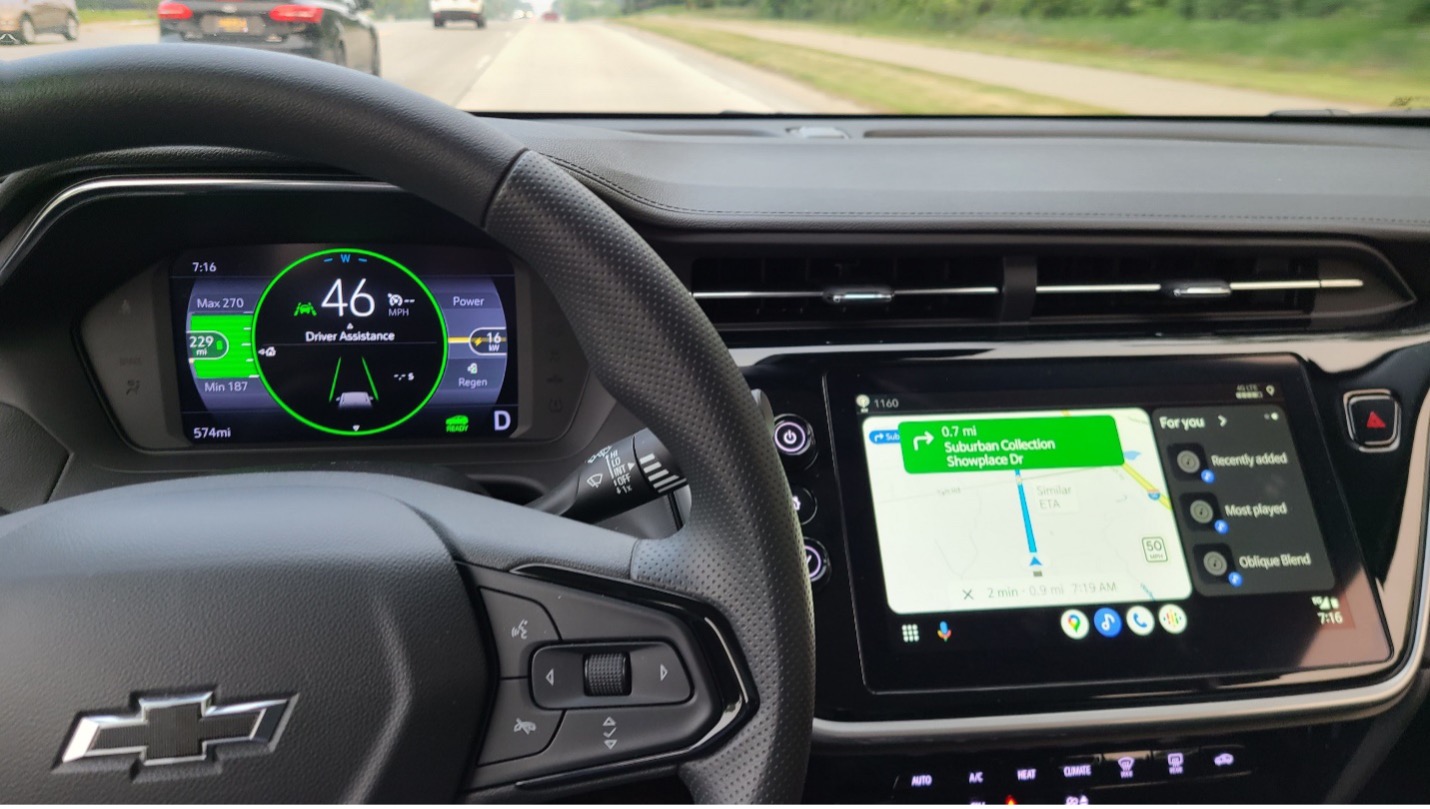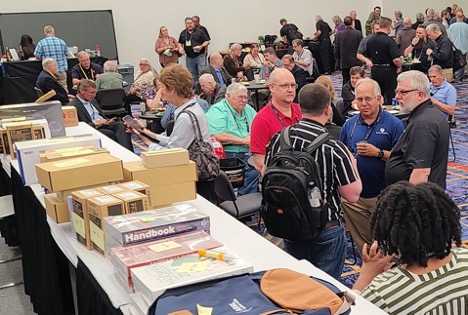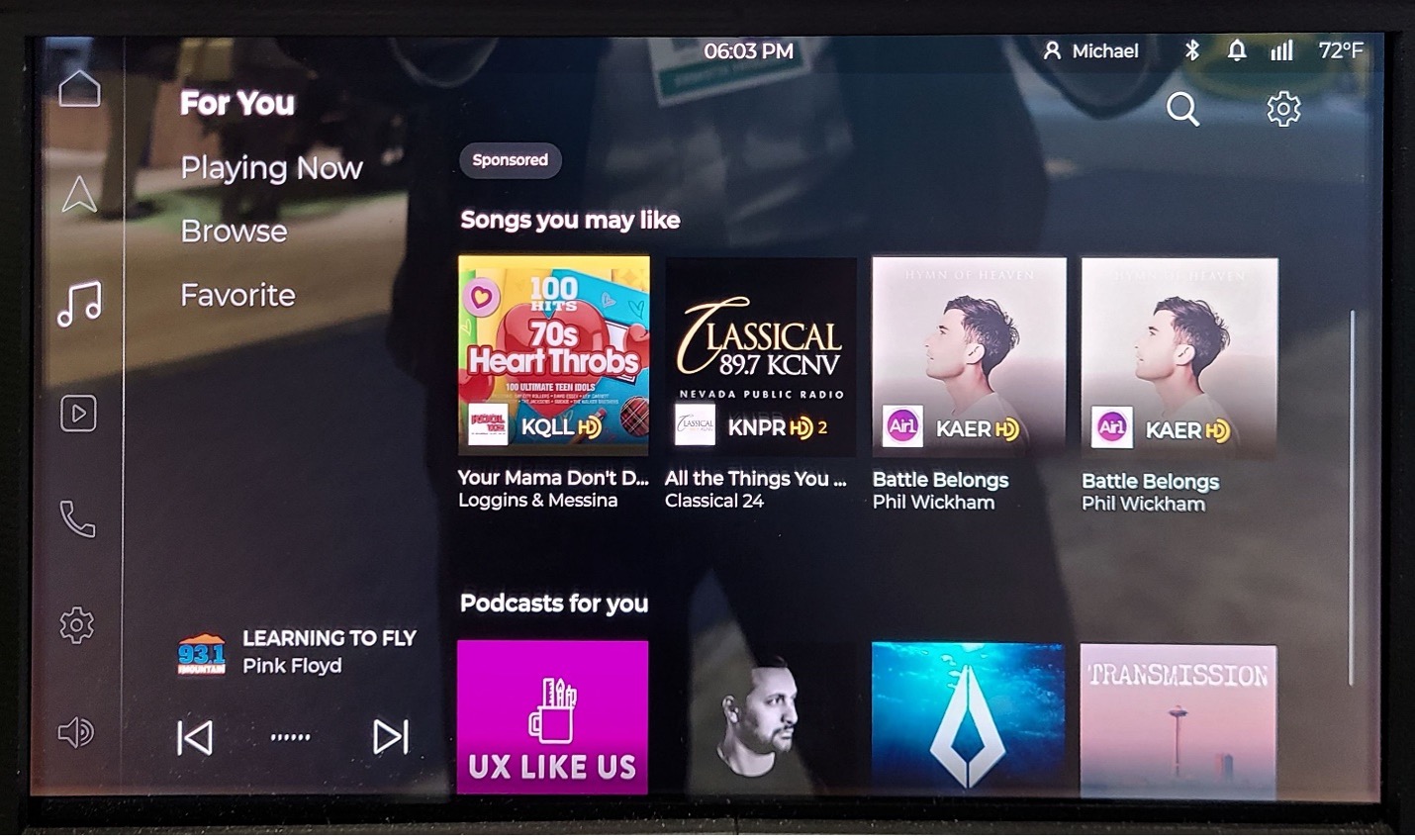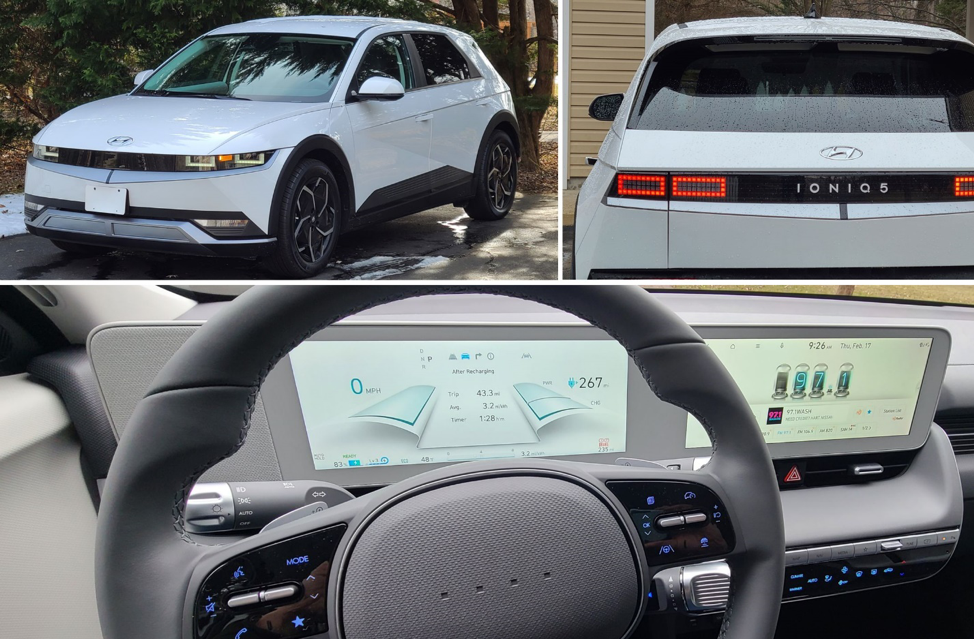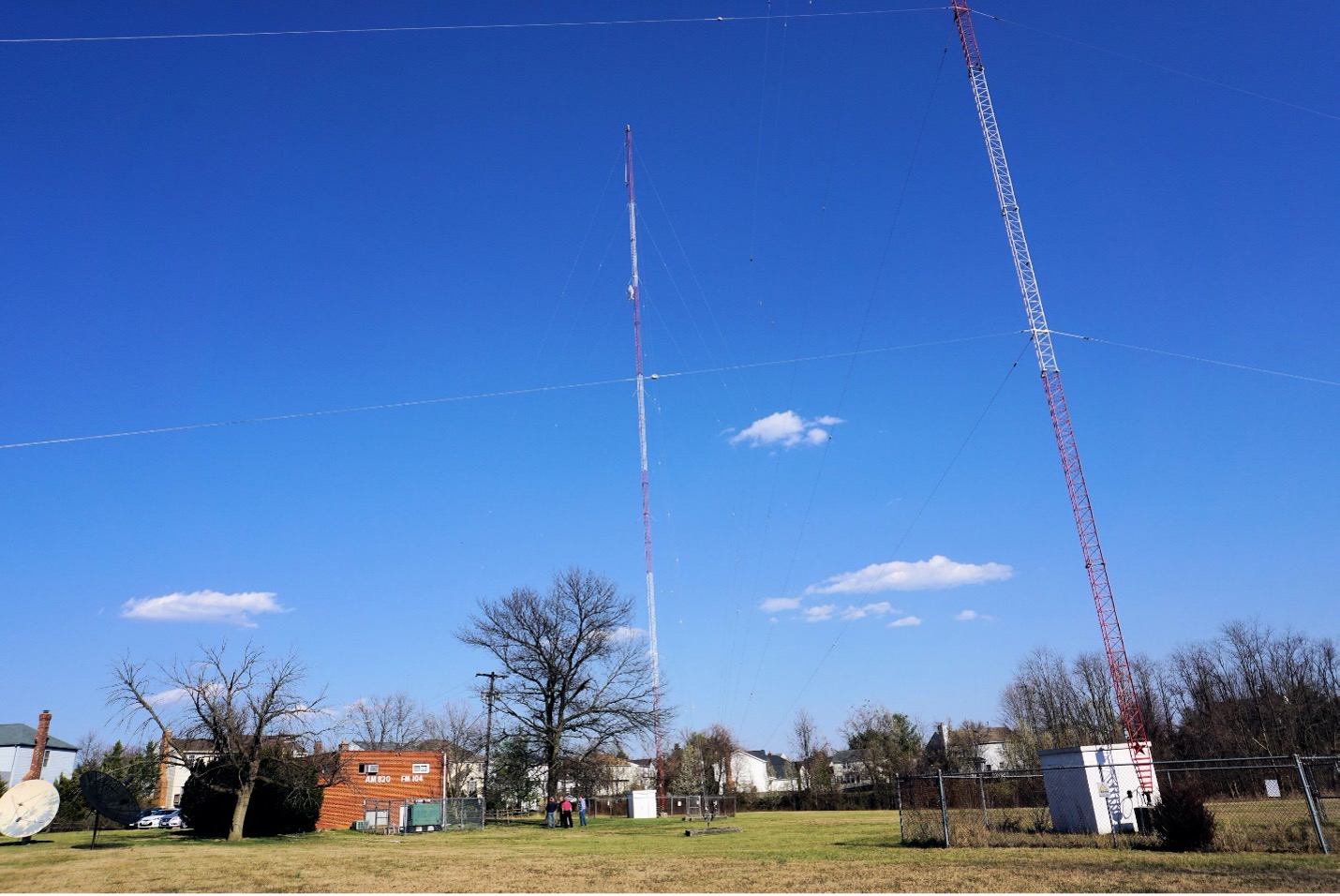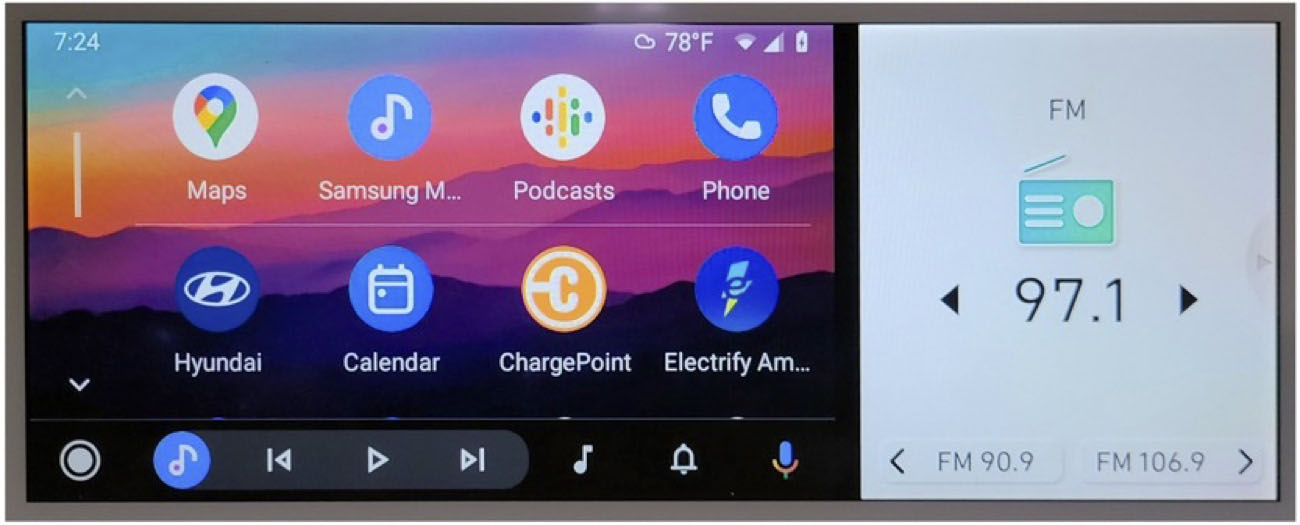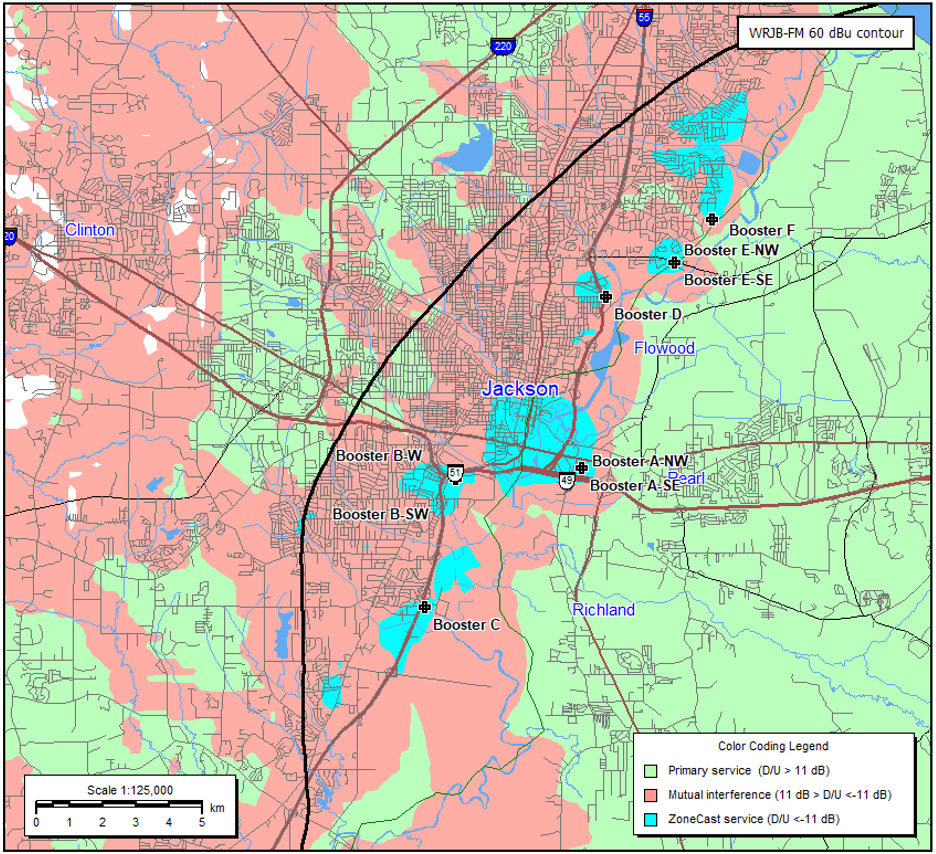2024 Amateur Radio Operators Reception
The Amateur Radio Operators Reception, affectionately known as the Ham Reception, will be held on Tuesday, April 16 at 6 p.m. in room W102-104 of the Las Vegas Convention Center. The reception is free of charge and open to all attendees of the 2024 NAB Show.


